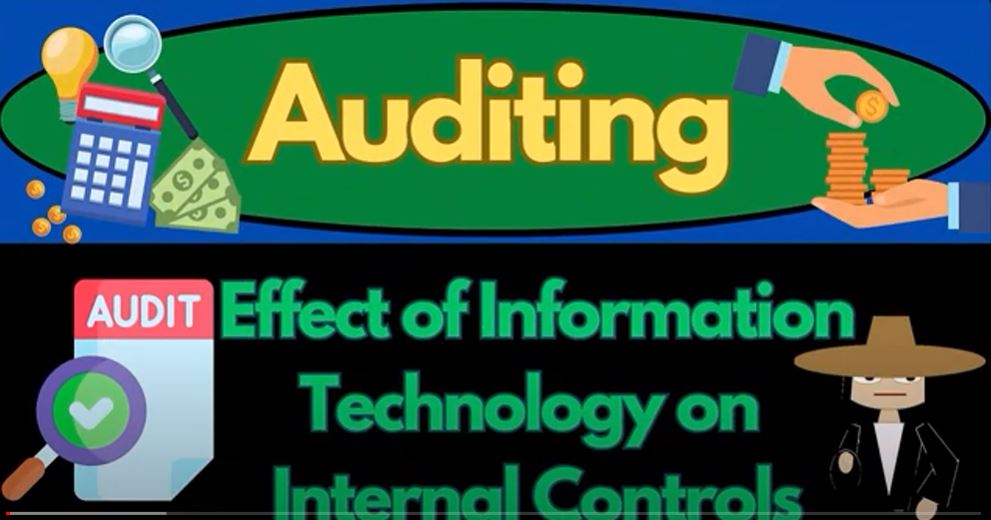In today’s presentation, we delve into the intricate realm of how information technology (IT) shapes and influences internal controls within the business landscape. The fusion of businesses, internal controls, and auditing with advancing technology presents auditors with both opportunities and challenges. It necessitates collaboration with IT specialists to ensure the effective implementation of internal controls. This presentation explores the nuanced landscape, weighing the benefits and potential pitfalls of IT in internal controls.
Benefits of Information Technology in Internal Controls:
- Consistent Application of Predefined Rules:
- IT systems facilitate the efficient application of predefined business rules across large volumes of transactions or data.
- Automation ensures consistency over time, surpassing the capabilities of manual processes.
- Facilitation of Data Analytics:
- IT enhances internal decision-making through streamlined data analytics.
- Analytical procedures are expedited, providing valuable insights for informed decision-making.
- Timeliness, Availability, and Accuracy of Information:
- Database systems enable quicker assembly of information.
- Accessibility is heightened, especially with web-based systems, enhancing the accuracy of information if the system is well-designed.
- Monitoring Entity’s Activities:
- IT systems allow for real-time monitoring of activities, policies, and procedures.
- Supervision techniques are bolstered, promoting effective oversight within a well-structured database system.
- Enhanced Segregation of Duties:
- Security controls in IT applications, databases, and operating systems aid in the segregation of duties.
- As companies expand, IT systems play a crucial role in managing and defining access levels, contributing to effective internal controls.
- Prevention or Detection of Control Circumvention:
- Robust supervision capabilities within IT systems aid in preventing or detecting attempts to circumvent controls.
Risks and Challenges of Information Technology in Internal Controls:
- Unauthorized Access and Data Destruction:
- Despite security measures, the risk of unauthorized access leading to data destruction persists.
- The vulnerability of online databases requires continuous vigilance.
- Reliance on Complex Systems:
- Overreliance on complex IT systems may lead to incorrect data input or misinterpretation of results.
- Understanding and interpreting complex calculations become challenges as reliance on technology increases.
- Unauthorized Changes to System or Programs:
- Ensuring control over system changes requires effective communication between control designers and IT implementers.
- Unauthorized alterations pose a significant threat to internal controls.
- Inappropriate Manual Intervention:
- Improper manual interventions within IT systems can undermine the effectiveness of controls.
- Adequate setup and oversight are essential to prevent inadvertent interventions.
- Potential Loss of Data:
- Safeguarding data becomes critical as it resides on servers.
- Contingency plans, backups, and data preservation strategies are essential to mitigate the risk of data loss.
Conclusion: As we navigate the evolving landscape of IT and internal controls, finding a delicate balance between the benefits and risks is paramount. Collaboration, effective communication, and a deep understanding of both the business processes and IT systems are crucial for harnessing the full potential of technology while safeguarding against potential pitfalls.

